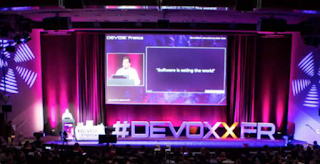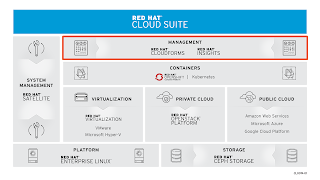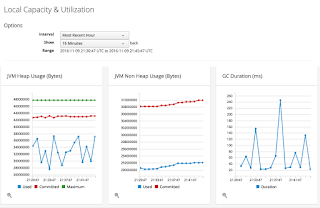When building anything substantial, such as a house or bridge, you start by laying down a solid foundation.
Nothing changes this aspect of building brick by brick when you move from traditional constructions to application development and architectural design of your supporting infrastructure. Throw in Cloud terminology and you might think that the principles of a solid foundation are a bit flighty, but nothing is further from the truth.
In the previous article, I talked about how you can increase the agility in application delivery with collaboration and modern application development infrastructure.
The next jump is made to scale out infrastructure, but you soon end up patching a lot of that together in do-it-yourself fashion. Figuring out how to setup charge back features, develop a self-service portal, maintain the workflow and deliver analytics on usage, resources and more. The limits here are soon reached in complexity and attempting to retain precious resources that still understand how to maintain your complex scalable infrastructure.
Sound familiar?
Next the CIO wants to have massive scalability, perform secure updates without causing outages, continue to manage this federated architecture and provide enterprise management for all of this scaled out infrastructure.
What will this new organization look like and how can you deliver on this scalable infrastructure?
The story continues... next up on building the foundations of digital transformation, I am looking at how you can start paving the road to your cloud solutions today.
.
Nothing changes this aspect of building brick by brick when you move from traditional constructions to application development and architectural design of your supporting infrastructure. Throw in Cloud terminology and you might think that the principles of a solid foundation are a bit flighty, but nothing is further from the truth.
In the previous article, I talked about how you can increase the agility in application delivery with collaboration and modern application development infrastructure.
Digital foundations
Let's take a look in this article at what you can do with open technologies to provide scalable solutions for hybrid cloud to support your digital journey:- Challenges a CIO must embrace
- Fixing slow delivery of existing applications
- Reducing the complexity in current infrastructure
- Increasing the agility in application delivery
- Providing scalable solutions for hybrid cloud
- Paving the road to your cloud solutions
The path to scalable infrastructure is not an easy one, so let's take a look at how this helps in building a solid digital foundation for your organization.
Providing solutions
One of the walls many organizations have hit already, is one where you try to scale up your infrastructure to meet your expanding needs. This is limited at a certain point by technology, but it is probably limited before you hit the extremes of technology when you reach back only to find your budget empty. Yes, your scalable infrastructure has become financially unsustainable.The next jump is made to scale out infrastructure, but you soon end up patching a lot of that together in do-it-yourself fashion. Figuring out how to setup charge back features, develop a self-service portal, maintain the workflow and deliver analytics on usage, resources and more. The limits here are soon reached in complexity and attempting to retain precious resources that still understand how to maintain your complex scalable infrastructure.
| Download this paper today! |
Next the CIO wants to have massive scalability, perform secure updates without causing outages, continue to manage this federated architecture and provide enterprise management for all of this scaled out infrastructure.
What will this new organization look like and how can you deliver on this scalable infrastructure?
Scalable infrastructure
As your organization expands its architectures, it is hitting walls while attempting to patch it all together and scale out to meet your needs. Operations teams struggle to deliver on and account for infrastructure needs of the development teams. The worst case scenarios is the head of operations having to explain why the most successful application ever released is unable to meet the demands of your users and customers.
With open community technologies, the operations teams are missing features or functionality that they don't want to develop themselves nor maintain into the future. Compatibility is also an issue when new hardware turns out to not work well with the solutions in place.
The real need is for operations to be able to minimize cost and increase scale by using commodity hardware and a massively scalable distributed architecture. To manage this architecture they want enterprise features to operate their infrastructure and find a way to consume open technologies in a stable, tested and certified manner.
The following slides show how operations can deploy scale-out infrastructure in multiple locations and still aggregate management features like chargeback, utilization, governance and workflows into a single logical location.
With open community technologies, the operations teams are missing features or functionality that they don't want to develop themselves nor maintain into the future. Compatibility is also an issue when new hardware turns out to not work well with the solutions in place.
The real need is for operations to be able to minimize cost and increase scale by using commodity hardware and a massively scalable distributed architecture. To manage this architecture they want enterprise features to operate their infrastructure and find a way to consume open technologies in a stable, tested and certified manner.
The following slides show how operations can deploy scale-out infrastructure in multiple locations and still aggregate management features like chargeback, utilization, governance and workflows into a single logical location.
The story continues... next up on building the foundations of digital transformation, I am looking at how you can start paving the road to your cloud solutions today.
.












